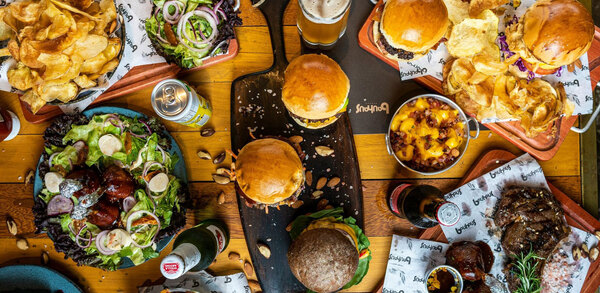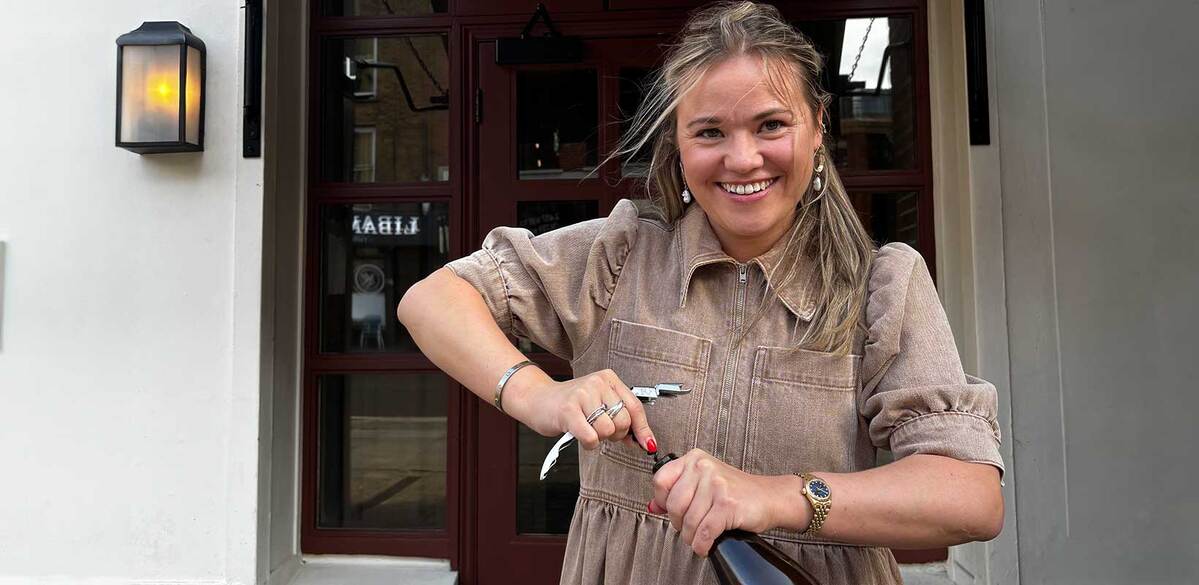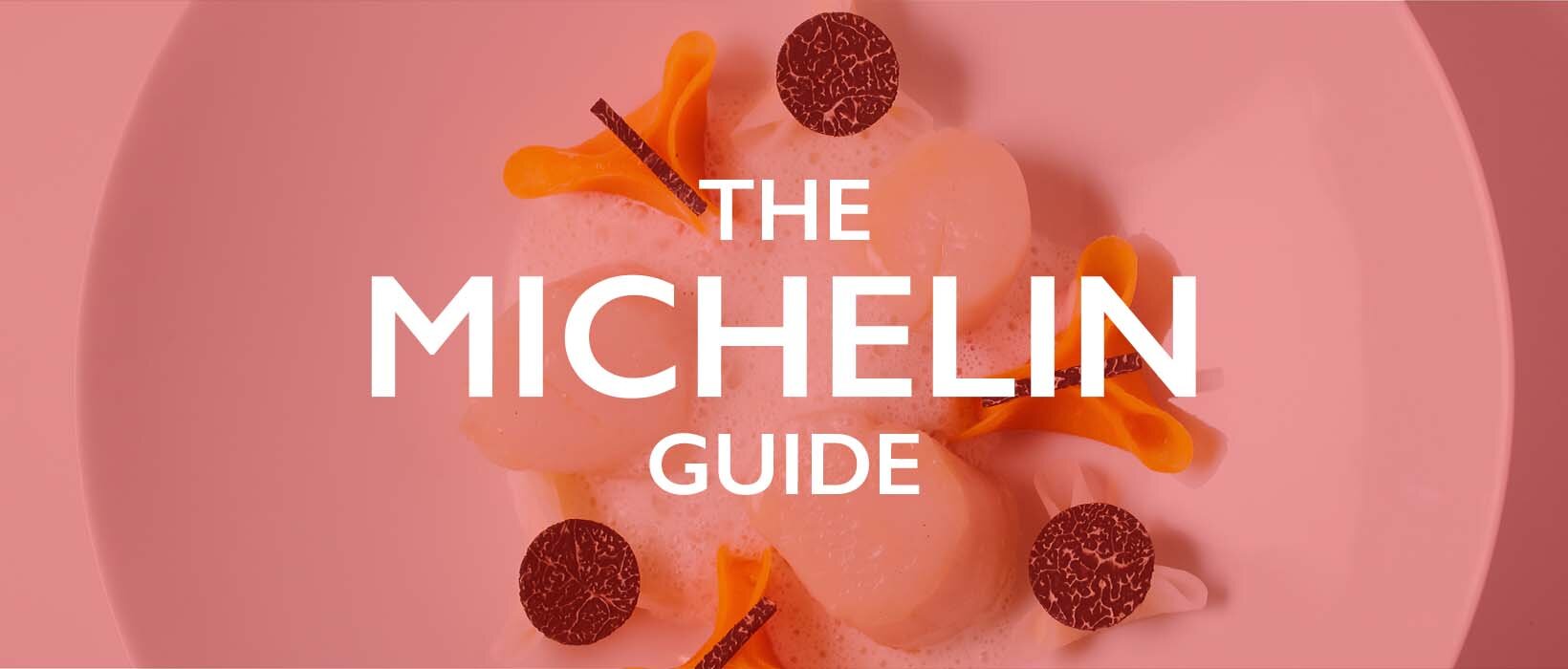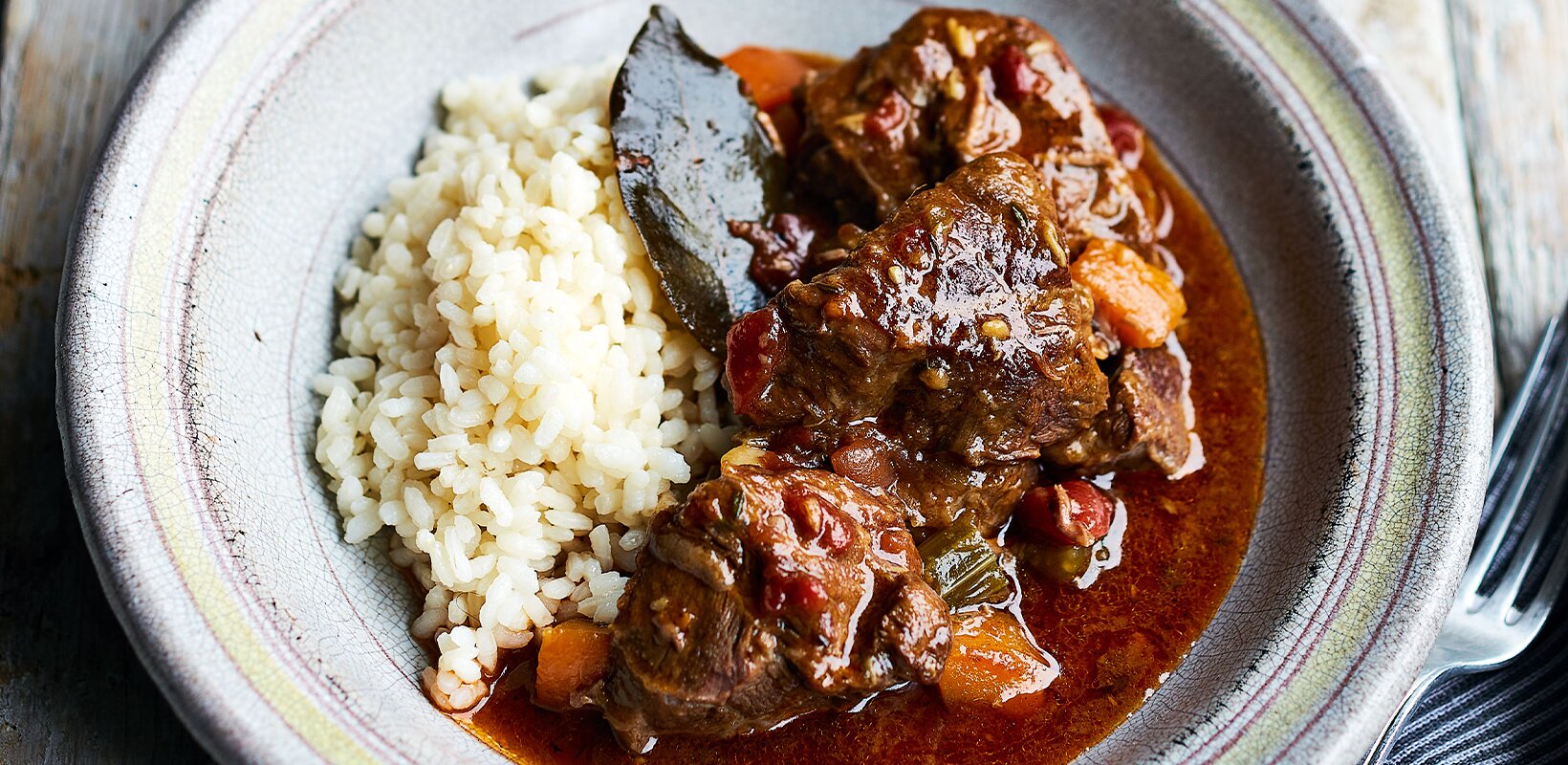Drinks doctor: Which light reds should I include on my wine list?
As we approach the warmer months, its time to look for lighter red wines. Audrey Annoh-Antwi reveals which vines will shine
There is so much to choose from when it comes to lighter red wines. That crisp, fresh, crunchy (possibly lower-alcohol) wine can come in many guises. In an effort to narrow things down, I have curated some favourites encompassing variety, winemaking, the lesser-known and wines with some grip. One thing they all have in common is deliciousness, versatility and an affinity to being served chilled.
Reliable light red wine
Gamay is a grape not to be neglected and a reliable lighter staple on a majority of wine lists. Grown most abundantly in the Beaujolais wine region in France, where wines (especially the Cru in the north) can be brawnier and more spicy, there are also many options abundant in red fruit, zippy in acidity and less perceptible tannin.
This lightness and brightness is often a signature of carbonic or semi-carbonic maceration. I recommend Kewin Descombes Cuvée Keke Beaujolais, a very light and juicy New World option, and the Radford Dale aptly named Thirst wines, with Gamay and Cinsault versions available.
Low tannin light red wine
Nowhere does Cabernet Franc shine more as a standalone than in the Loire Valley. Some appellations (Bourgueil, Chinon, Saumur-Champigny) are more associated with earlier drinking styles, but this does not always ring true. Where ease and pleasure are the objective, La Dilettante from Pierre and Catherine Breton is always welcome. Another low tannin, vibrant Cabernet Franc is Chinon Rouge “Cuisine de ma mère” from Nicolas Grosbois, but this time the grapes only see a short time on skin.
Global light red wine
Have I mentioned France a bit too much? As much as there is comfort in familiarity the world of wine is vast. A great example I recently discovered are wines from Tenerife. I have a soft spot for Suertes del Marques wines made from the indigenous Listán Negro grape.
The single vineyard wine El Esquilón is such an aromatic, energetic, refined wine with only 12.1%ABV. In keeping with indigenous grapes as a theme, Le Fraghe winery, based in Veneto in northern Italy, makes a 100% Rondinella. The varietal is usually a part of the Valpolicella blend but standing alone it can create some light, bright wonders with an inkling of smoke about them.
Slightly tannic light red wine
As much as the joy of light reds lies in seamless fruit, a little bit of astringency can be a good thing. Where acidity is the vein that bit of herbal grip adds to the moreish nature of a light red. There are some wines where you feel the tannin but the nature is soft. If we head to the Peloponnese in Greece, Mavro Kalavrytino is not a well-known variety, reason being that it is very rare, with the Tetramythos Winery being one of the few to cultivate it. The tannins are enveloped by firm acidity, red fruit purity and earth. Tannin, acidity and Nebbiolo are inseparable, but if you venture outside of Barolo, there are some delicate examples. Arpepe based in Lombardia makes a very fruit-forward and silky Rosso di Valtellina.
Do you have a question for one of the Drinks Doctors? Send your query to drinks@thecaterer.com


















